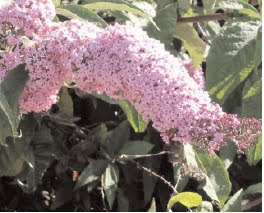 The photo above shows a deck that was created by City Steward using a mix of composite material and treated wood.
The photo above shows a deck that was created by City Steward using a mix of composite material and treated wood.In some cases, people think all composite decking is Trex, but actually there are dozens of composite decking products on the market. The primary components are most often a plastic and an organic material, usually fiber from scrap wood. But not all composites contain wood fiber and new products with new combinations of materials are rapidly appearing.
Virgin lumber, treated wood, and composite materials all have their upsides and downsides in terms of cost and performance. This Backyard America.com article goes over the advantages and disadvantages of each type of material that can be used for building decks.
The bottom line for City Steward and our clients is that experience indicates that composite materials, when applied and installed in the right ways, are an effective and environmentally-friendly option. We are particularly enthused about an emerging product that uses rice hulls instead of wood scrap.

